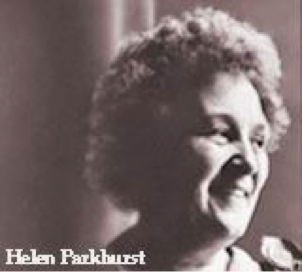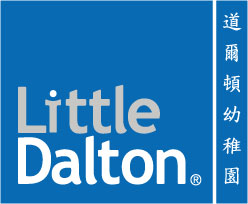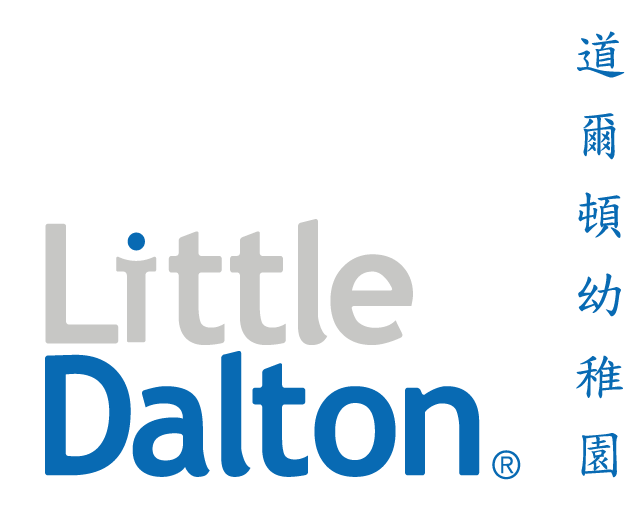Helen Parkhurst (1887-1973)
“ (In many traditional classrooms), sharp children are held back and dull children are pushed on, to the detriment of their mental powers, owing to the teacher’s effort to strike the problematical average…(and) how many class lessons have children to listen to which are boring and useless, and others where they are not sufficiently interested to ask a question? If we use class teaching and individual work in their proper places, the best results will follow.”
Helen Parkhurst was an acclaimed genius, a pioneer in education, and the receiver of numerous awards and recognitions. She was born in 1887 at Durand, Wisconsin, United States and graduated from Wisconsin State Teachers College in 1904 at the age of seventeen. Despite her young age, her exceptional ability to charter a new course was evident when, within three years of her graduation, she began to experiment with her ideas of individualized instruction, self-reliance, and pupil-led teaching in her work.
Parkhurst then spent a year in Italy studying with another pioneer educator, Maria Montessori. She quickly became one of Montessori’s star students. When Montessori went to the United States to hold a series of lectures, Parkhurst was invited to join her. Then, for almost three years, Parkhurst administered the Montessori schools across the nation and helped develop various training programs and pedagogic resources with great success.
It was in a small high school, the Children’s University School, in Dalton, Massachusetts, that Parkhurst began to apply all she had come to know about the human learning process. She developed the use of contracts as a way of individualizing learning projects. Parkhurst’s idea was revolutionary yet simple: whenever a student is given responsibility for a particular piece of learning, he or she would instinctively seek the best way of achieving it. The student would then proceed to act upon that decision with focus and rigor, leading to the finished project being highly successful.
Parkhurst continued her research and created “Education on The Dalton Plan” in 1922. Parkhurst explained The Dalton Plan as:
“Let us think of a school as a social laboratory where pupils are themselves the experimenters, not the victims. Let us think it as a place where community conditions prevail as life prevails…The Dalton Laboratory Plan is not a system or a method… It is not a curriculum… It is an educational reorganization which reconciles the twin activities of teaching and learning. When intelligently applied, it creates conditions which enable the teacher to teach and the learner to learn.”

The plan reorganizes schools into Assignment (which gives learning responsibility to students to learn according to their interest and ability), Laboratory (where and when students can seek the best way to achieve the Assignment, including one on one time with specialist teacher or collaboration in small groups), and House (where teachers act as a counselor to give lessons and where children belong to a community). The Dalton Plan is not merely an innovative educational concept, but a practical way of life, fostering freedom, collaboration, and responsibility.
The school relocated to New York in 1922 and the name was changed from the Children’s University School to The Dalton School. It was here that she fully developed what she then termed as the ‘Dalton Laboratory Plan’ in 1926. The plan was enormously successful with teachers and students working together towards individualized, student-driven goals. Eleanor Roosevelt greatly admired the work of Helen Parkhurst and played an important role in expanding the population and resources of the school. It was in New York that Parkhurst spent most of her distinguished career. She remained in charge of The Dalton School until 1942.
Parkhurst lectured around the world and received numerous awards and recognition from the governments of China, Netherlands, Japan, Denmark and more. She had been decorated by the Queen of Italy, Empress of Japan, and the Queen of the Netherlands.

